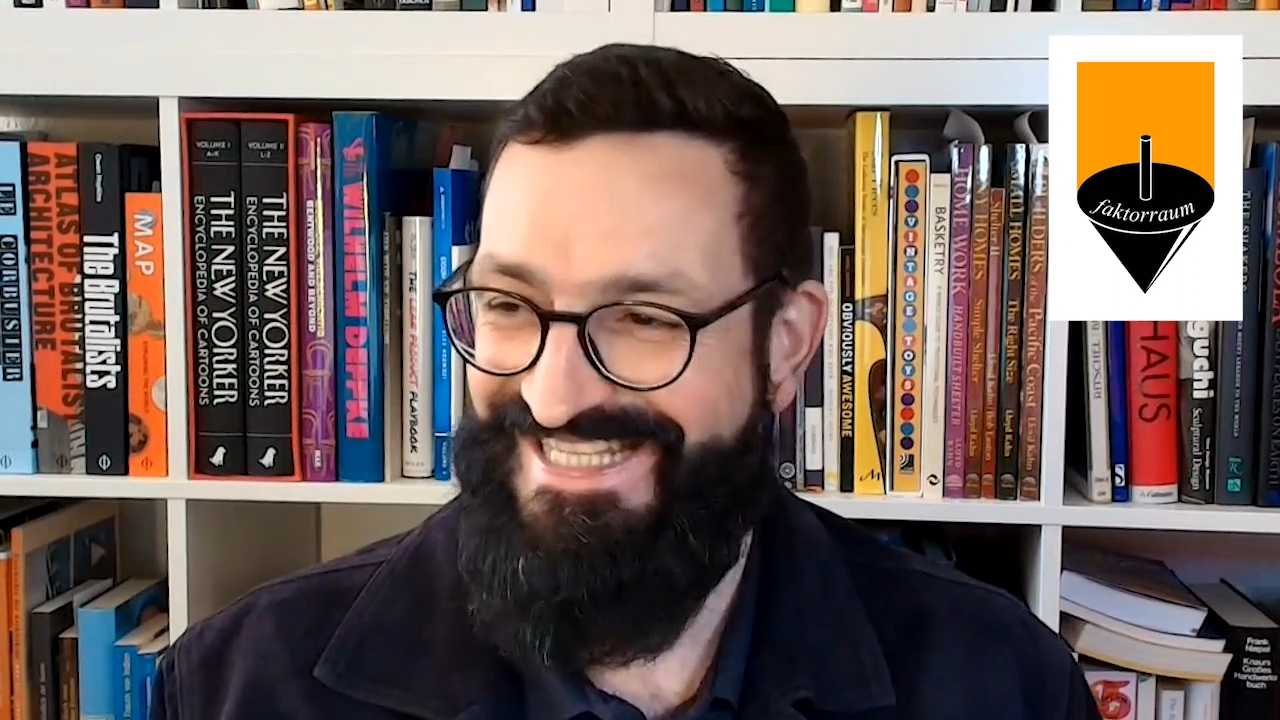The Clarity-First Productivity System

Clarity Before Action. Simplicity Before Complexity.
The TO DO or NOT TO DO system is designed to help you cut through mental overload and bring instant clarity to your to-do list.
The key idea: Every task is filtered step by step—so you make one clear decision at a time.

Productivity designed by M.C. Escher
Why Most Systems Fail for Hyperkinetic Minds
Before I dive into the system, I want to briefly explain why so many existing methods don’t work for people with fast, multidirectional thinking.
Systems like the Eisenhower Matrix suggest you sort to-dos based on urgency and importance. It sounds great in theory, but in practice, it creates a subtle kind of confusion:
- You’re forced to prioritize multiple dimensions at once.
- The logic of “urgent but not important” feels counterintuitive—why would you even waste time on something not important?
GTD, on the other hand, requires constant capture, categorization, and review—a level of meticulousness that often overwhelms instead of calms.
In short:
These systems mix up different mental processes. They ask you to think about too many things at once:
Is something important, urgent, doable, effortful, strategic, tactical…?
You get stuck in loops of overthinking, and by the end, you might spend more time organizing to-dos than doing them.
That’s where my system comes in.

The Core Idea
One Clear Decision at a Time
That’s where TO DO or NOT TO DO comes in.
The heart of this system is beautifully simple:
One clear decision at a time.
Instead of blending urgency, importance, effort, and emotion into one big mental stew, this system splits the evaluation process into clean, distinct steps.
You evaluate each to-do based on:
- Impact
- Effort
- Urgency
- Resistance
Each factor is handled separately, giving you instant clarity and preventing overload.
Why It Works
- Simplifies decision-making: One clear evaluation at a time.
- Reduces overwhelm: No tangled priorities.
- Tackles procrastination: Identifies resistance and addresses it.
- Flexible: Use it by hand or via the pre-built Notion template.
- Perfect pre-system: Before adding to-dos to calendars or planners.
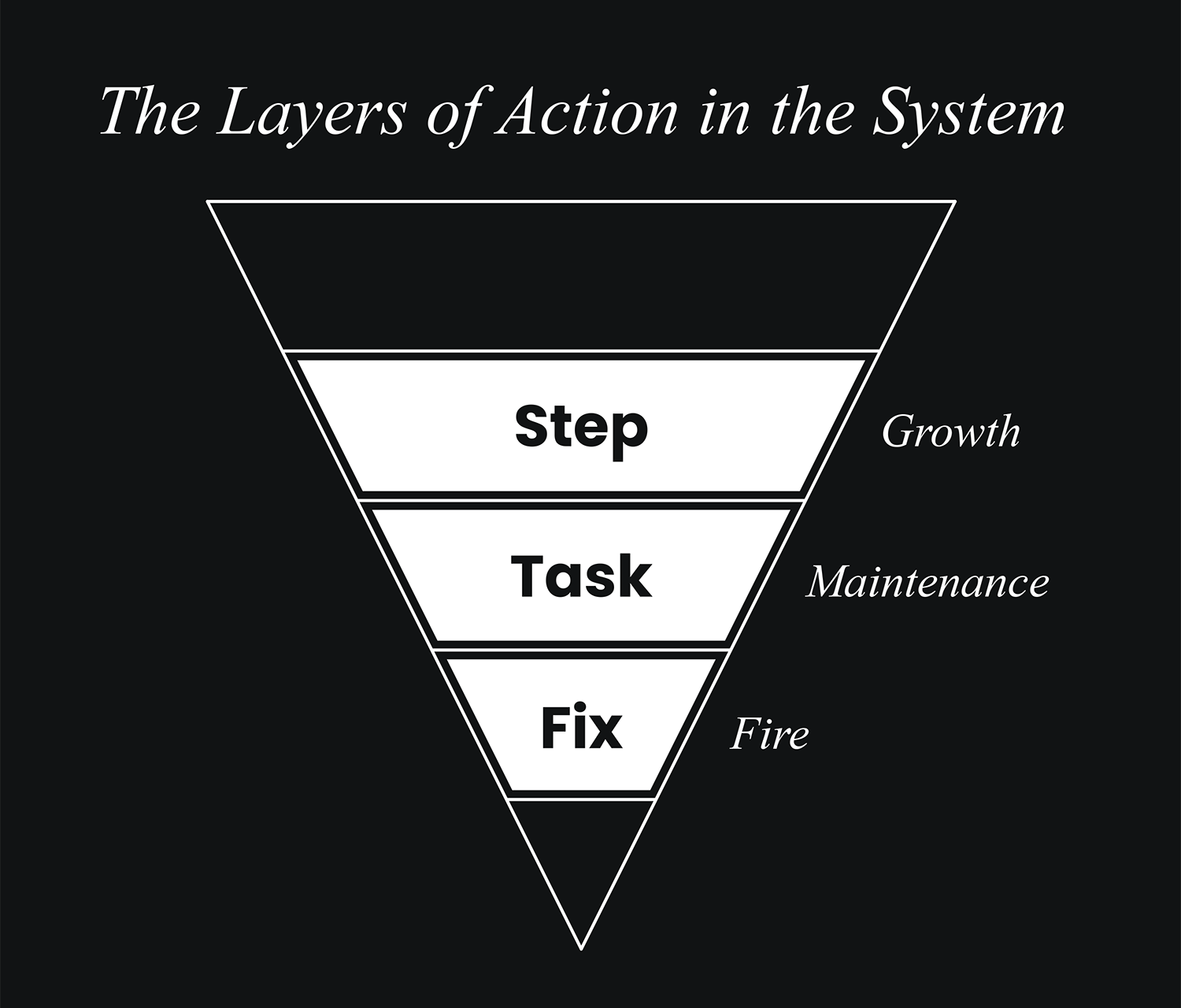
Not All To-Dos Are Created Equally
One of the fundamental principles behind TO DO or NOT TO DO is recognizing this simple truth:
Not all to-dos are created equally.
Understanding the Layers of Action
Every system—whether it’s your business, or your personal life—produces different kinds of to-dos. Understanding their hierarchy helps you make smarter, calmer decisions about what to focus on next.
Start by identifying whether the to-do is a Fix, Task, or Step.
This helps you immediately see where your attention is needed right now and prevents you from focusing on growth to-dos while your system is still unstable.
A Systematic View: Three Types of To-Dos
Putting Out Fires
Fixes
At the base level, we have to-dos that are fixes.
These are the “firefighting” to-dos.
- Something broke
- Something urgent demands immediate attention
- The system is in conflict, and without quick action, things may collapse
When there’s fire, you need a fix.
These are non-negotiable. Fixes must be handled before anything else.
If ignored, they escalate and disrupt the entire system.
Maintenance Keeps the System Alive
Tasks
Once the fires are out, the next layer is maintenance.
Maintenance to-dos keep your system running smoothly.
They ensure:
- Stability
- Consistency
- Prevention of future fires
Think of it as taking care of the goose that lays the golden eggs.
If you neglect maintenance, small cracks will eventually turn into breakdowns.
Driving Growth
Steps
At the top, we find steps—the to-dos that move your system forward.
These to-dos aren’t about survival or stability. They’re about growth, expansion, and innovation.
But—and here’s the crucial insight:
Steps only make sense once the system is stable.
You can’t grow a system that’s on fire.
You can’t move forward if the system is falling apart due to lack of basic maintenance.
Introducing: The Three-Finger Rule
Picture your hand forming a 3D coordinate system:
- Thumb pointing upwards = Impact
- Index finger pointing forward = Urgency/Resistance
- Middle finger pointing sideways = Effort
Every time a new to-do pops up, mentally run it through this simple framework.

5 Simple Steps to Clarity

Step 1
Choose the Layer
First, classify the layer of action:
- Fix (Firefighting):
Something urgent is broken, in conflict, or needs immediate attention. - Task (Maintenance):
Keeps things running smoothly and prevents future problems. - Step (Growth):
Moves your system forward—only valuable once stability is ensured.

Step 2
Evaluate the Impact
Is It Worth Doing?
First, ask yourself:
What positive impact will this to-do have?
Or what negative impact will this to-do have when not done at all?
Rate it:
- High Impact
- Medium Impact
- Low Impact
You don’t think about effort or time yet—just the outcome and its significance.

Step 3
Estimate the Effort
Next, evaluate:
How much time, energy, or complexity does this to-do involve?
Options:
- High Effort
- Medium Effort
- Low Effort
Notice how we’re keeping it clean: one thought at a time.

Step 4
Set the Urgency
When Should It Be Done?
Only after understanding impact and effort do you move on to:
Does this to-do need to happen now, soon, or later?
Again, simple:
- High Urgency
- Medium Urgency
- Low Urgency
Your index finger points forward—symbolizing your personal timeline.
Base = Now. Fingertip = Later.

Step 5
Check for Resistance
Why Do We Procrastinate?
There’s one final factor: Resistance.
Even if something is high impact, low effort, and urgent, you might still avoid it.
That’s because of internal resistance—mental friction or emotional blocks.
So I added a simple traffic light system:
🟢 Green = No resistance, ready to go
🟡 Yellow = Hesitation present
🔴 Red = Heavy resistance, likely procrastination
Often, resistance makes us push important to-dos into the future.
Recognizing it allows you to consciously address it.
The Result: Clarity
Peace of Mind

The Logic Behind Prioritising Your To-Dos
Impact x Effort Matrix
Worthiness of the To-Do
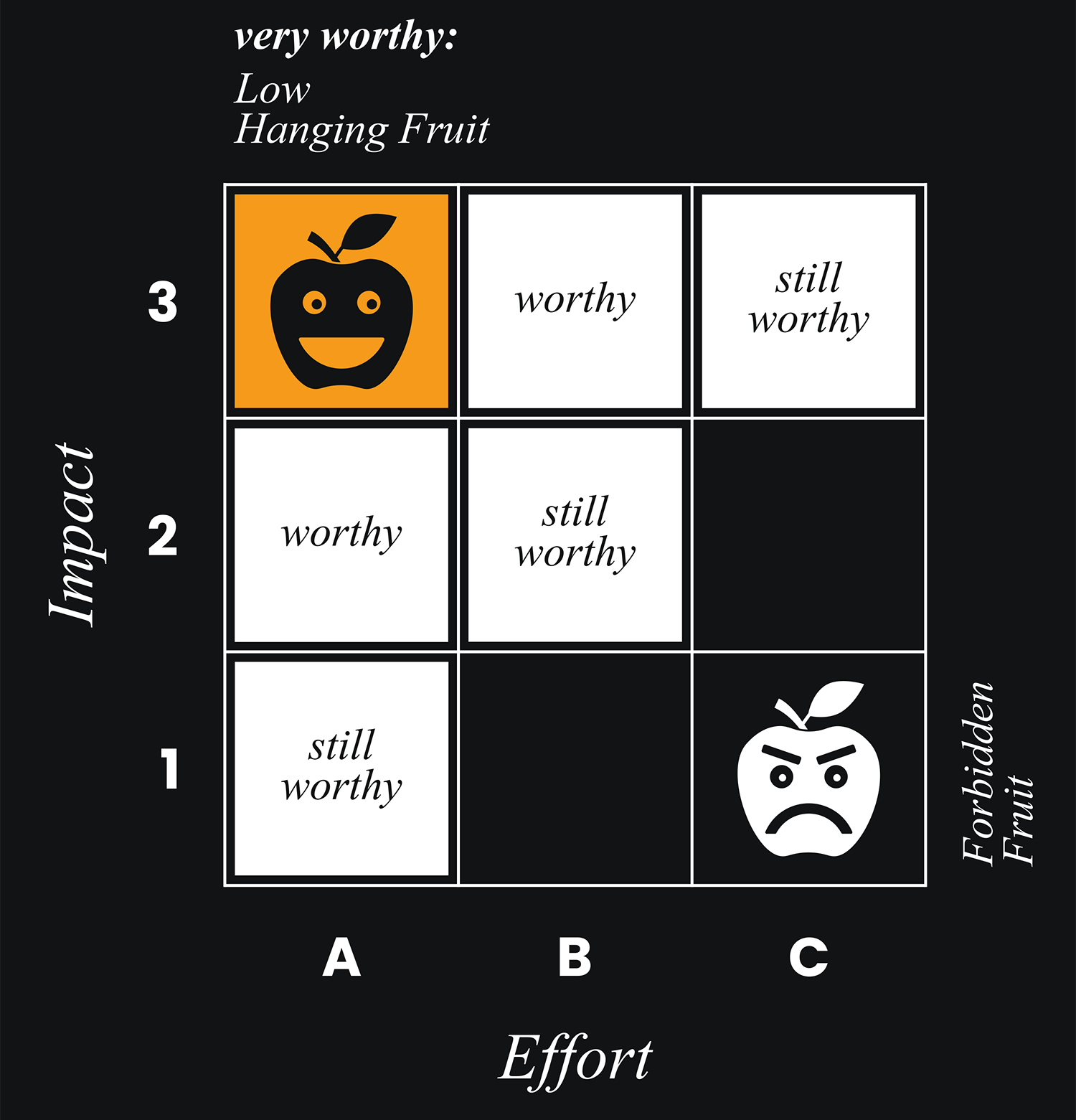
Worthiness x Urgency Matrix
Relevancy of the To-Do
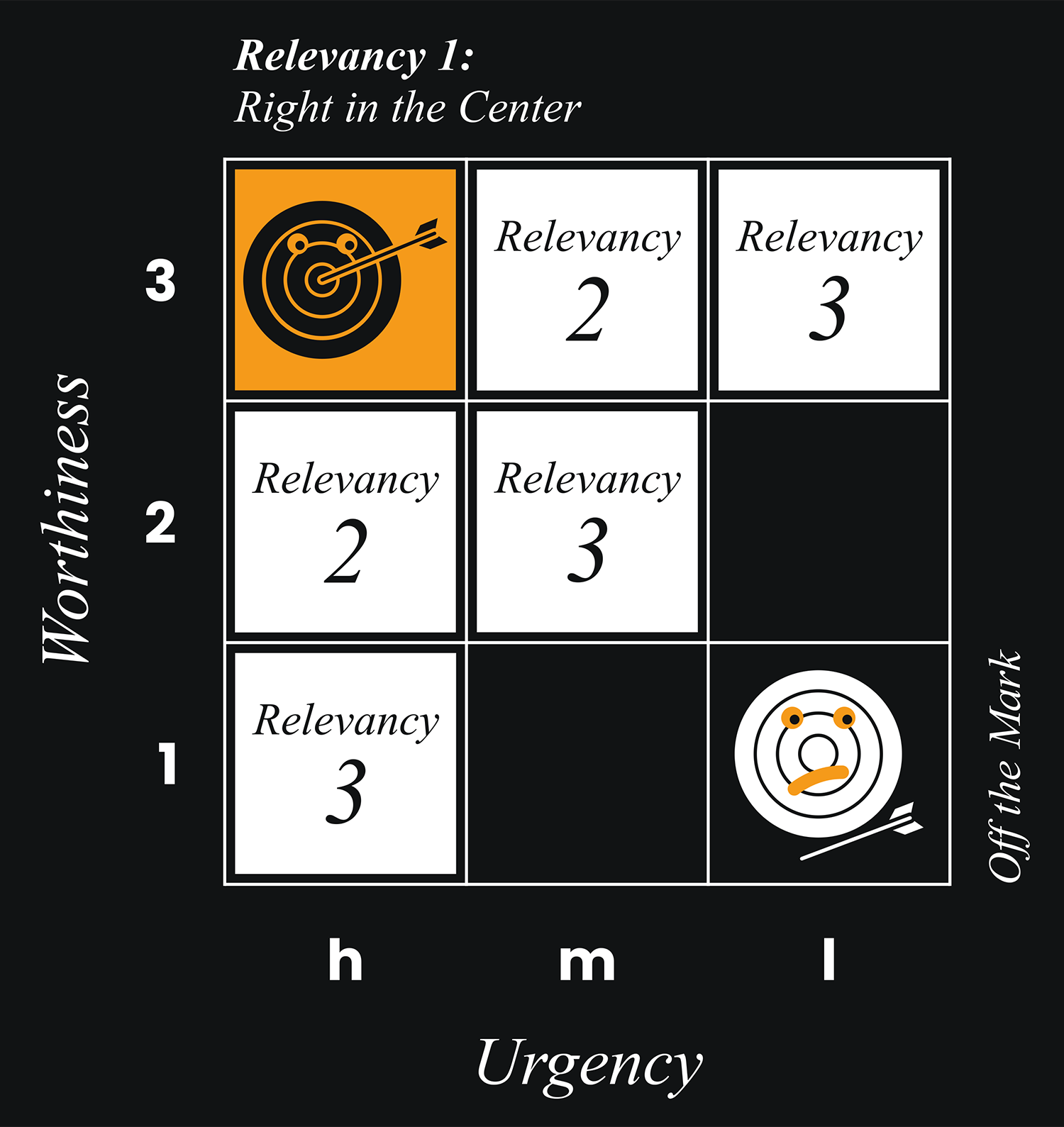
Relevancy x Layer Matrix
Priority of the To-Do
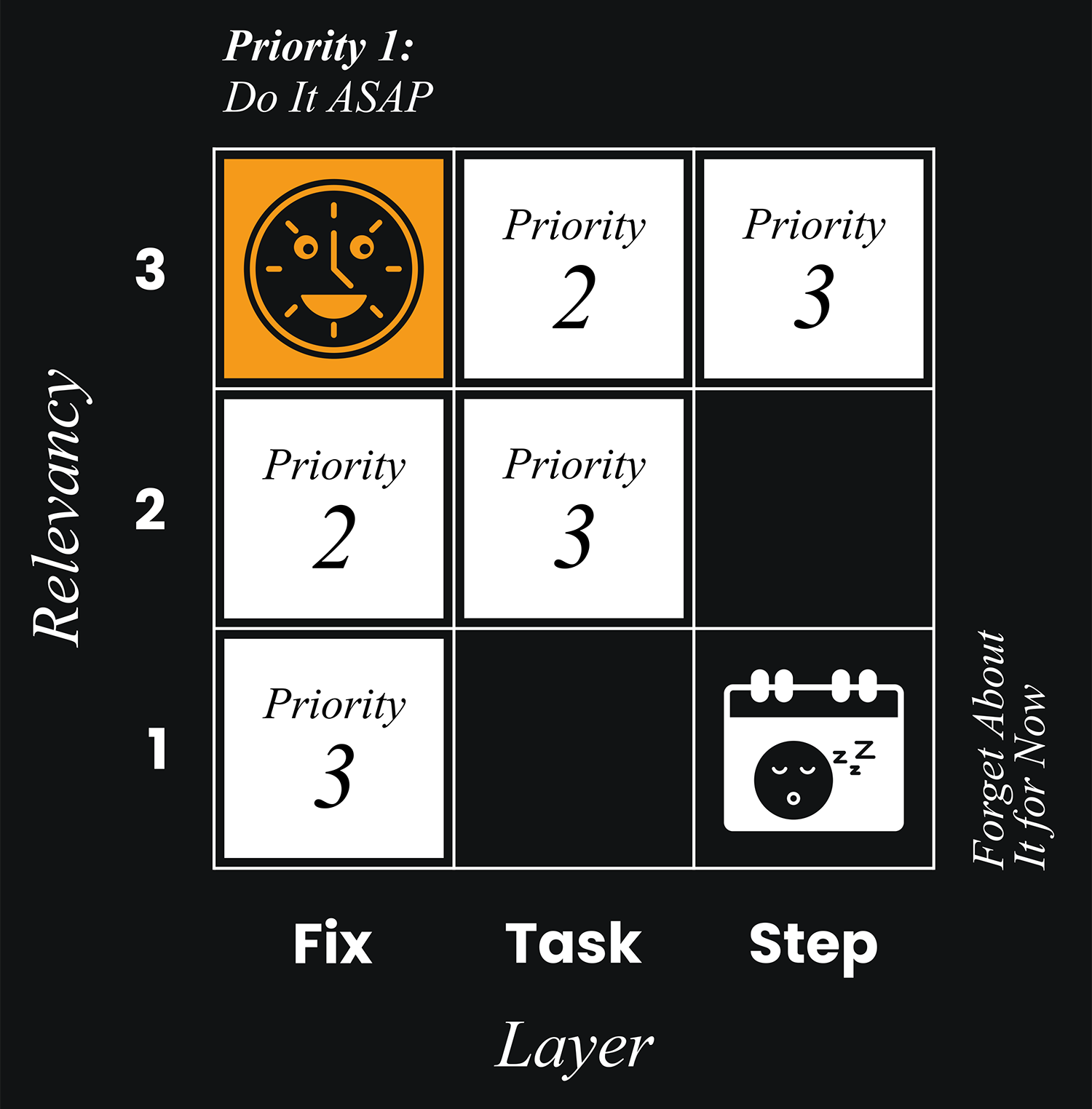
The Maintenance Routines

How Time Changes Urgency
The Banana Routine
A to-do that feels distant today might suddenly demand immediate attention next week.
That’s why I suggest a simple routine:
Once a week, walk through your to-do list and re-evaluate the urgency of each to-do.
Think of your to-dos like bananas
- Some are still green (no rush yet).
- Others are turning yellow (getting closer).
- A few might already be brown (on the edge of crisis).
If left unchecked, even small to-dos can turn into urgent fires.
This weekly routine—based on the “Banana Principle”—helps you:
- Spot the ripening to-dos before they go bad.
- Shift tasks forward before they escalate.
- Maintain control, so you’re acting on your terms—not reacting in panic.
A ten-minute review each week can save you hours of firefighting later.

How context changes your judgement
The Weighting Routine
To-dos don’t exist in a vacuum—your situation, goals, and available resources evolve over time.
That’s why it’s essential to regularly revisit your to-do list beyond urgency.
Once a month, take a moment to re-evaluate the impact and effort of your to-dos:
- Does a to-do you once considered low impact now have higher relevance?
- Has something you thought would require high effort become easier or obsolete?
This monthly check helps you:
- Remove outdated, irrelevant to-dos.
- Spot new opportunities hidden in old to-dos.
- Keep your system lean, focused, and aligned with your current priorities.
Do a monthly review: Re-evaluate impact and effort, delete irrelevant to-dos.
But Wait There Is More: The Bigger Picture
What we’ve got here
Pre-System Peace
The beauty of TO DO or NOT TO DO is:
It’s not a full productivity app or planner.
It’s a pre-system—based on a heuristic.
A mental filter to help you decide what’s worth doing before it clogs up your calendar or planner.
Only after passing through this lens do to-dos earn their spot on your schedule.
You regain clarity, peace of mind, and confidence that you’re working on what actually matters.
Where It Fits
The faktorraum Framework
This system is one piece of a larger framework I’m building, called faktorraum.
A method designed to free up your mental space and remove overload at its root.
TO DO or NOT TO DO is the first step toward that.
It gives you immediate clarity over:
- What’s worth your time.
- What isn’t.
- And when to focus on which to-do.
If you’d like to stay in the loop as we unfold the full framework, feel free to sign up for the newsletter and join the journey.

The Backstory
A Search for Clarity
How can we organize our daily lives in a way that feels clear, structured, and manageable, especially when your mind never stops moving?
So, over the years, I’ve become somewhat of a productivity system nomad. I’ve tried everything—from GTD to the Eisenhower Matrix, timeboxing, priority matrices, bullet journals, and countless digital apps.
Some were too complex. Some oversimplified real-life dynamics. Many left me feeling more exhausted, more scattered.
But I didn’t give up.
Instead, I started tinkering, experimenting, and gradually developing my own system—a system specifically designed for minds like mine (and maybe yours):
Fast. Restless. Creative. Always juggling.
The result is what I now call: faktorraum.

Ready for Clarity?
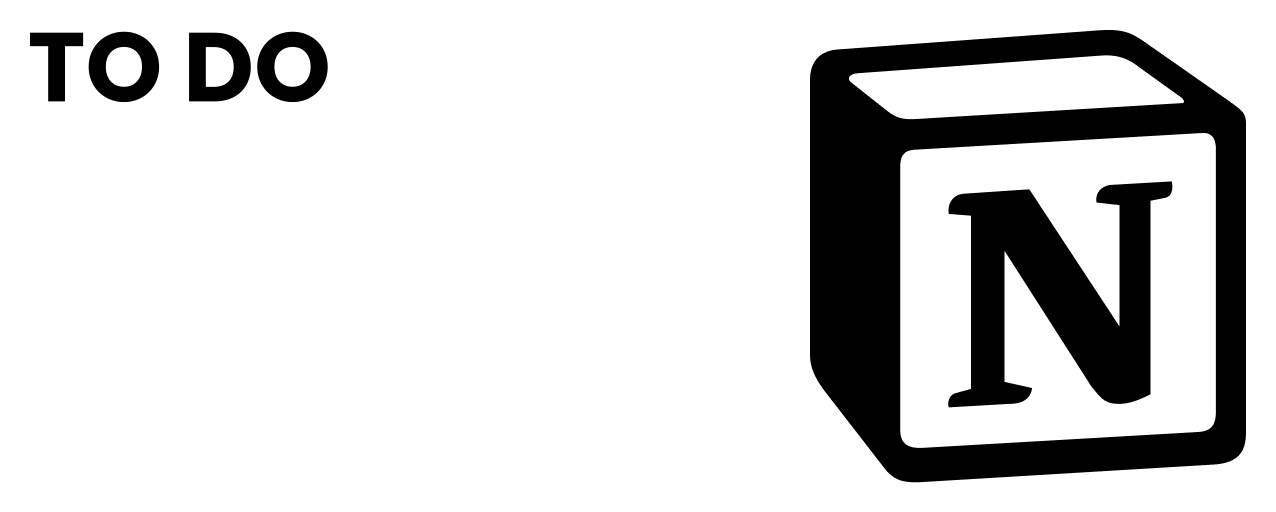
No setup needed. Just plug in your to-dos and start focusing on what truly matters.
Make better decisions, reduce overwhelm, and finally feel clear about what’s worth doing—and when.


